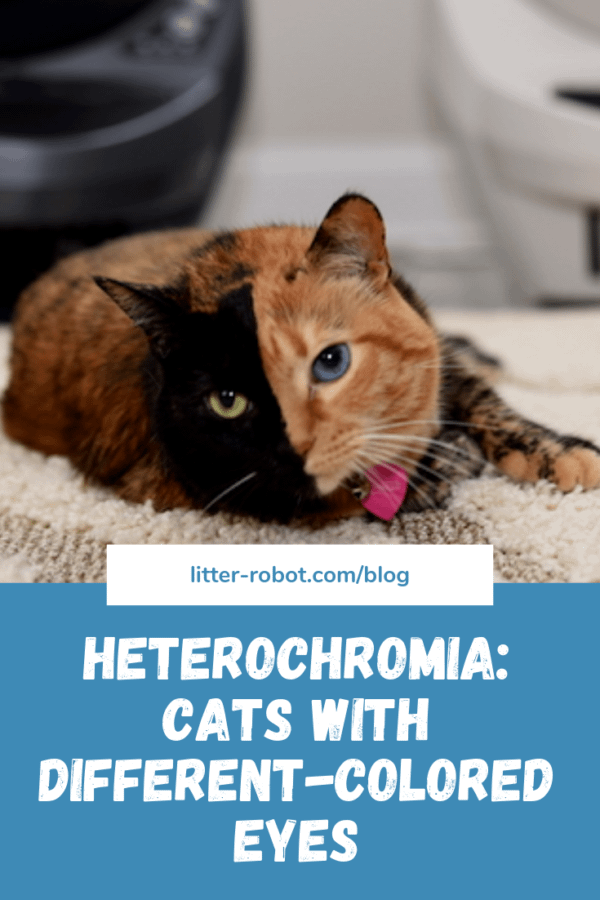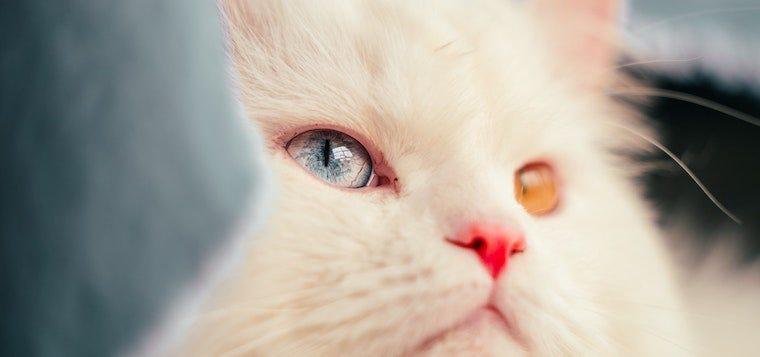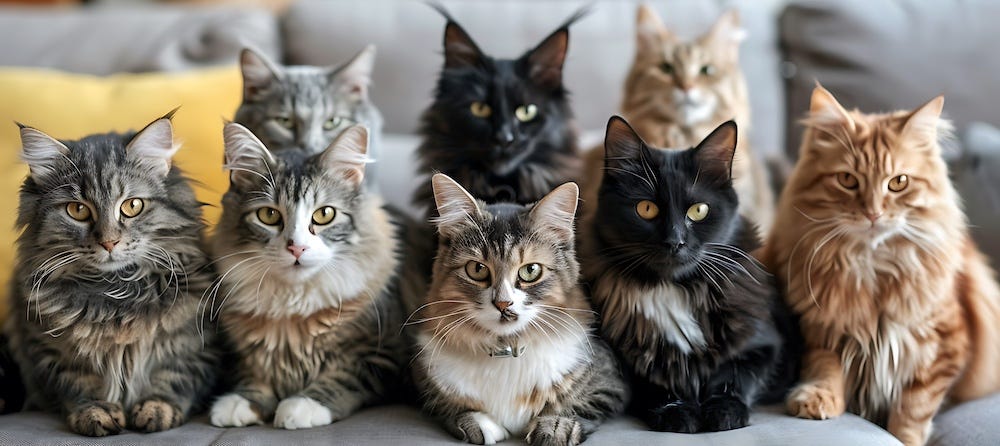Every cat is special, but once in a while you can see just how special: We’re talking about heterochromia, or cats with different-colored eyes! An odd-eyed cat, as they’re sometimes called, isn’t as rare as you’d think. Let’s find out why the condition occurs and in which cat breeds it is more likely to appear.
What is heterochromia?
Heterochromia occurs in humans and other animals like cats and dogs. The term most commonly refers to a difference in coloration between two irises—but it can extend to hair color and skin color, as well. Take, for example, one of the most extreme examples of the condition found in nature: Venus the Two Face Cat!
Heterochromia can be genetic or acquired through disease or injury. Some experts say Venus may be a “feline chimera,” meaning her cells contain two types of DNA, caused when two embryos fuse together. Her one blue eye—while rare in cats—is typical of cases of complete heterochromia.
Types of heterochromia
There are several types of cats with different-colored eyes. Those with complete heterochromia, as mentioned earlier, typically have one blue and one “normal” eye, such as green, yellow, copper, or orange. Partial heterochromia refers to one iris containing two different colors. Finally, central heterochromia indicates that the area around the pupil is a different color than the rest of the iris.
Common odd-eyed cat breeds
Heterochromia most commonly occurs in cats with white coats. Unfortunately, when a white cat has one blue eye and one eye of another color, deafness is likely to occur in the ear on the side of the blue eye.
Khao Manee
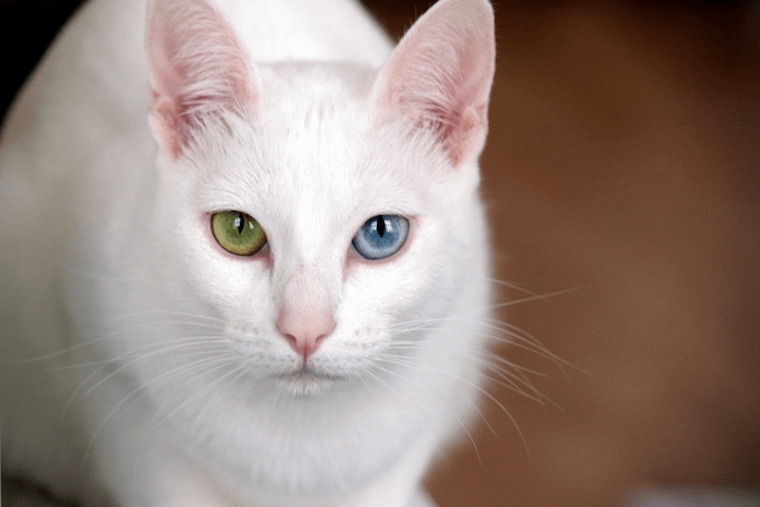
The Khao Manee, which means “white gem,” is thought to have been a favorite in ancient Siamese royal palaces. Even today she is treasured throughout Thailand and other Indonesian cultures. This odd-eyed cat is playful, curious, and loving.
Turkish Angora
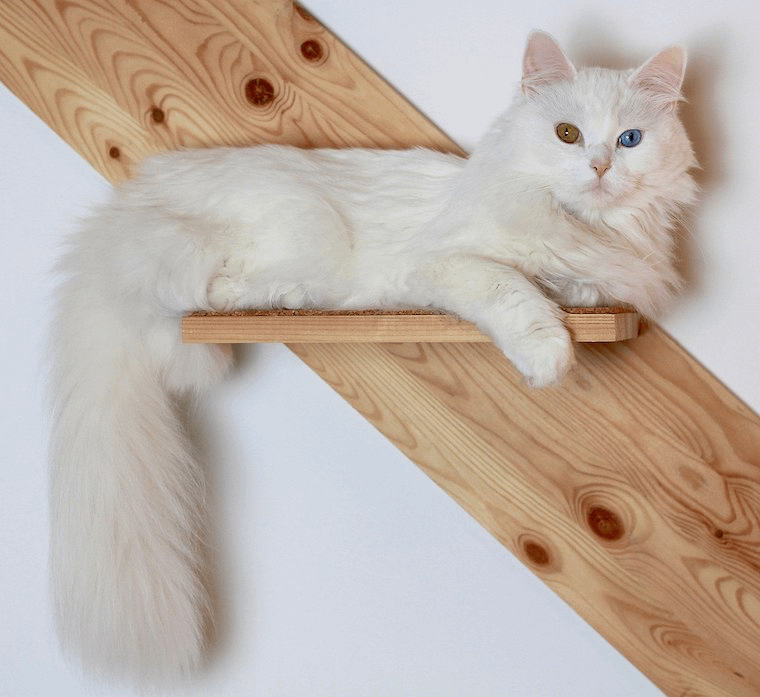
The Turkish Angora cat is traditionally solid white with a long, well-muscled body. He may have been the first long-haired cat to arrive in Europe. It’s said that Turkish sultans sent these cats as gifts to the nobles of France and England during the sixteenth century.
Turkish Van
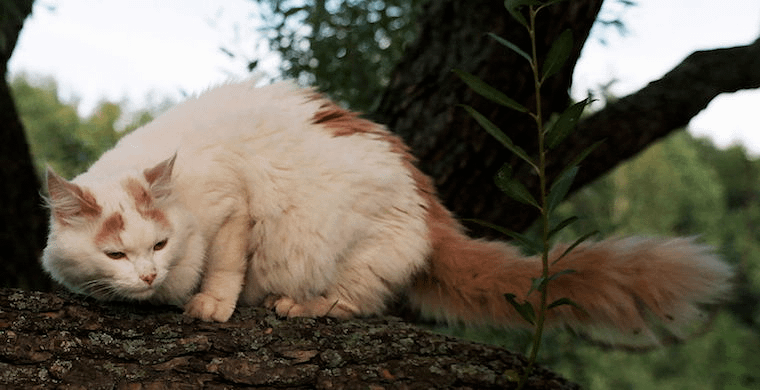
The Turkish Van is a rare, ancient breed, known for his intelligence and a particular love of water. He is a large, agile cat usually sporting a combination of white and color-patched fur.
Dog breeds with heterochromia
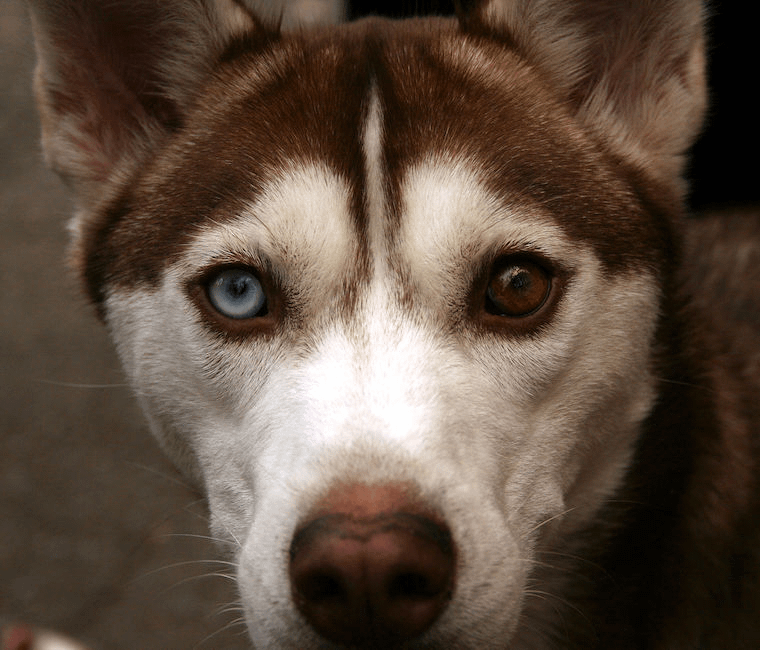
Siberian Huskies often have complete heterochromia, while breeds such as the Australian Shepherd, Border Collie, Shetland Sheepdog, Welsh Corgi, Great Dane, Dachshund, and Chihuahua more commonly sport partial.
Heterochromia in humans
The condition in humans is rare, affecting less than 1% of the population. It’s believed that Alexander the Great had it (and may have sought out an odd-eyed horse, as well). Other famous faces with different-colored eyes include Christopher Walken, Kate Bosworth, Mila Kunis, and Simon Pegg.
Contrary to popular belief, David Bowie did not have this condition. His unique gaze stems from a permanently dilated pupil, which was caused by a teenage brawl.
Cats with different-colored eyes aren’t exactly a dime a dozen—but their heterochromia is more common than it is in most other species. Yet another reason to treasure the true singularity of felines!
Cover photo by Vikram Nair on Unsplash
